22 August 1778
. . . . . .
22 August 1977
Went to Siena for a day trip.
I'm not sure what I think about Siena.
The Campo was a great space, especially in section. The town seemed lonely and too rural. I like big cities. I'm sure the people that live there feel a strong belonging. I don't think I could ever live or belong there.
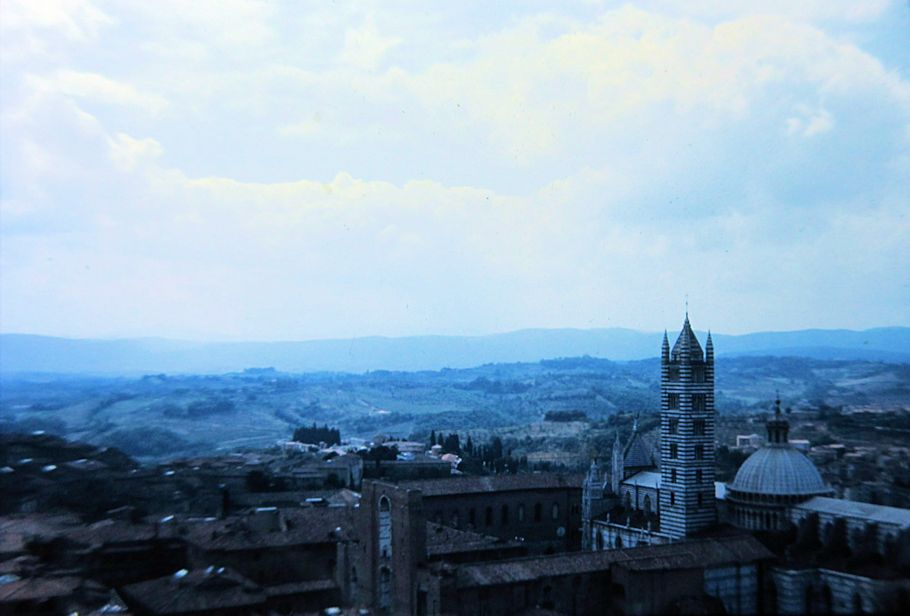
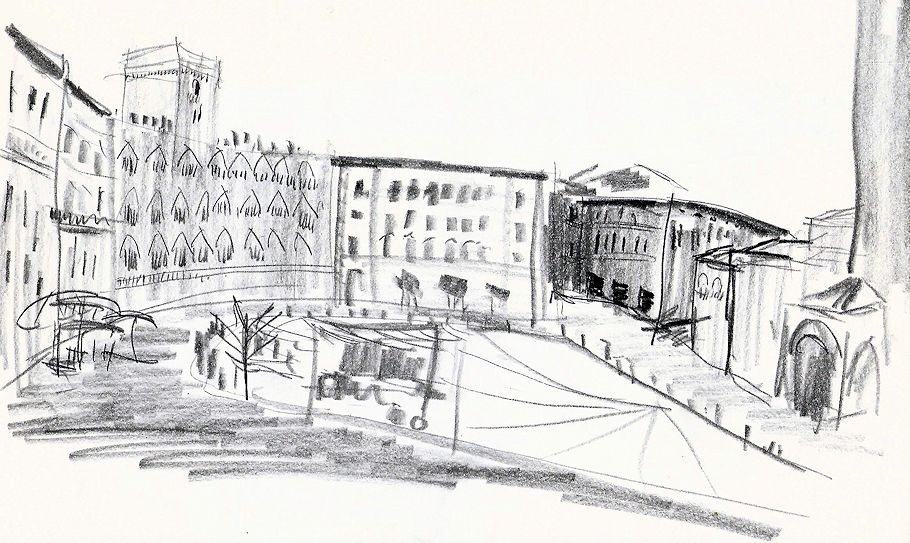
The cathedra; was amazing. Almost everything was striped horizontally--green and white. Everyone else hated it. I thought it was great just because it was done. It's wonderful to see something done horribly. One can get sick of things that are too perfect, because nothing is perfect. It's a reality because it is there, and what a teacher. A nice part was the unfinished nave. It was a lone fragment against the sky. I would have loved it last semester (Charles Moore and all that crap).
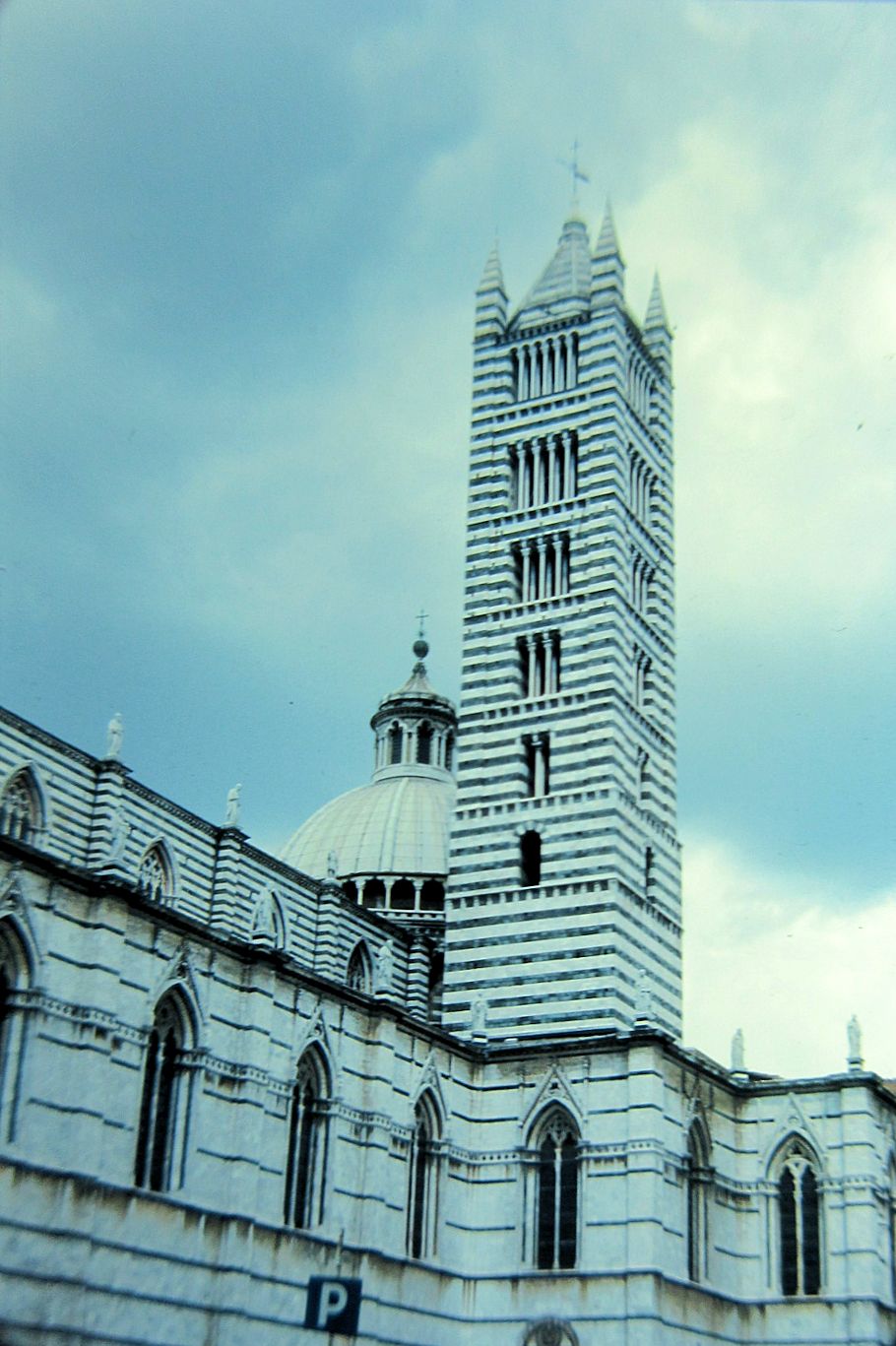
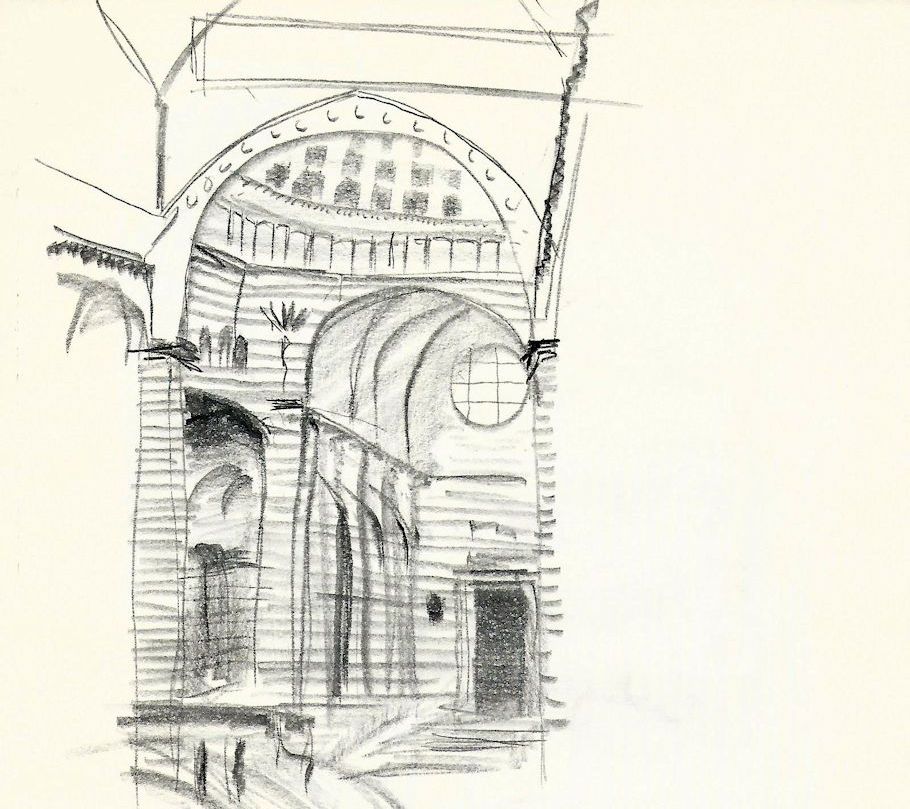
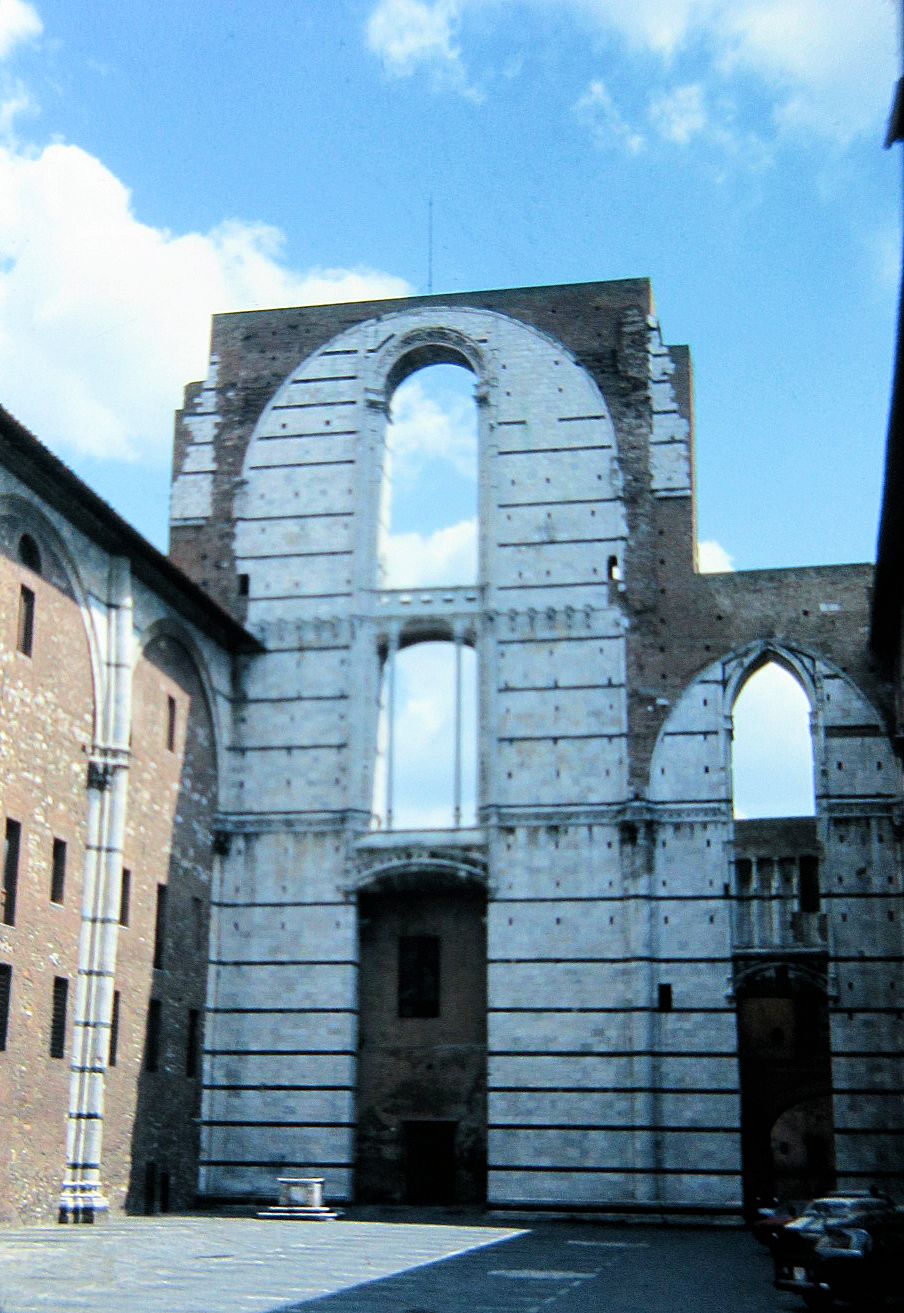
I wish I had a chance to do a design problem, my feeling and intentions in architecture have changed a great deal. I'm now beginning to realize what happened in second year.
Program is going to be the spirit finder and existence builder. I can now understand program (and on my own terms).
22 August 1997
Redrawing History - archeological accuracy
...the "archeological accuracy" section (which is now entitled "Archeological Mask or Reconstructive Surgery"). ...Piranesi was perhaps giving the Campo Marzio a "face-lift," a second chance where the "faults" have been eliminated and the dormant potential fulfilled.
...a new approach to the "accuracy" section inspired by M. Yourcenar's essay "Faces of History in the Historia Augusta." The main inspiration comes from the line, "Authenticity is one thing, veracity another." ...the notion that "sometimes a sense of poetry rises out of this mass of grim details."
22 August 2008
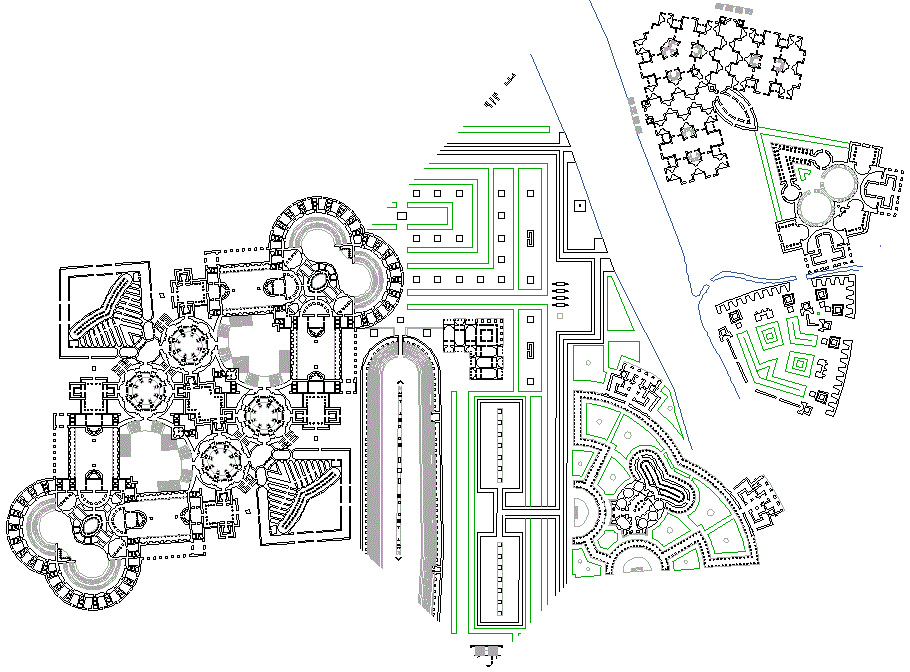
Campus Theatrics Times Two, SagaCity
Of course, the Baroque style continued beyond Bernini--I believe even the double porticos of St. Peter's Square were done after the above performance. All the same, Bernini's theatrical performance manifests the Baroque's consummate ending. Within his double theater Bernini capsulized the beginning of Western culture's new bifurcation of the real and the illusory, introduced mirroring as a henceforth dominant (post) Baroque (stylistic) theme, and, at base (or should I say at the ultimate end), inverted reality into a reenactment of its own illusory mirror (--is this perhaps also the genesis of historiography?).
22 August 2022
. . . . . .
|